FIRE SUPRESSION
TRUNKEY PROJECT
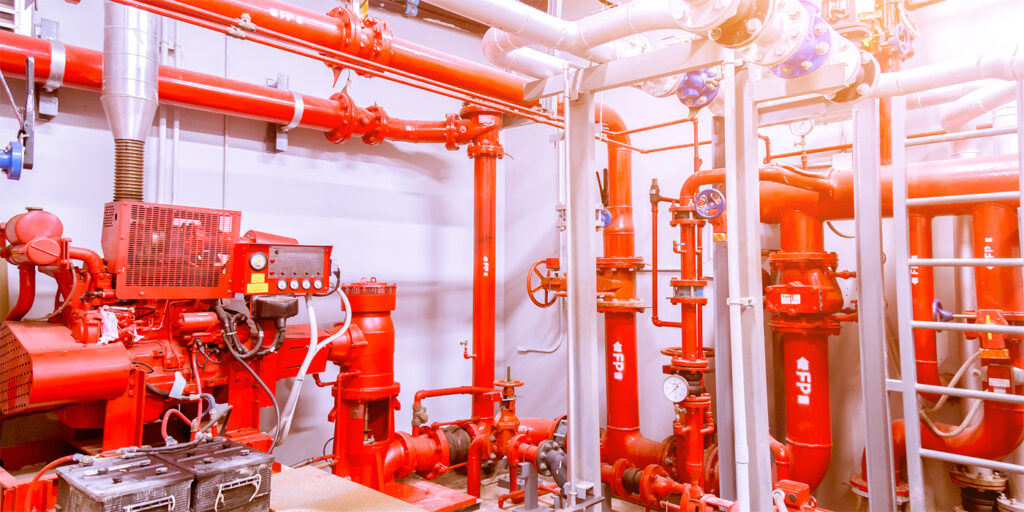
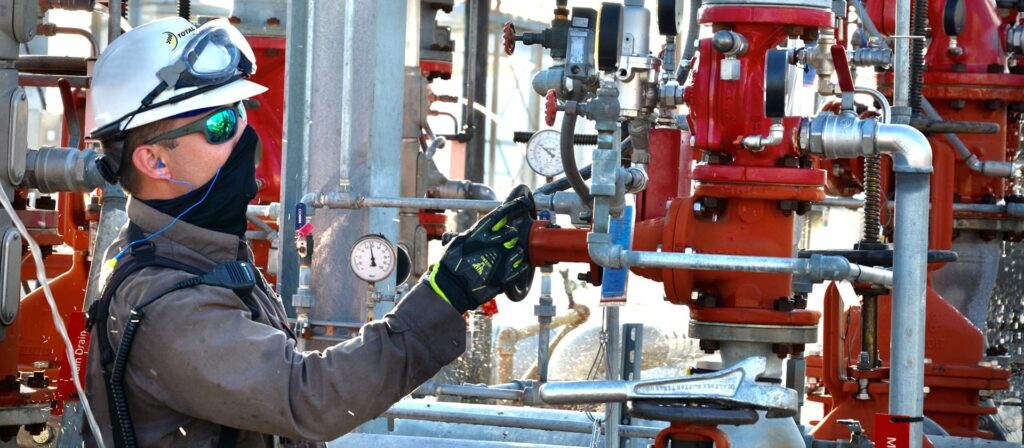
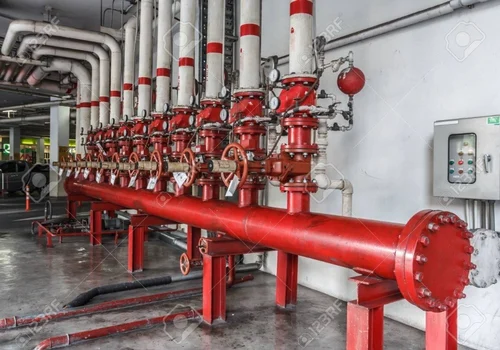
A “Fire Turnkey Project” typically refers to a comprehensive project aimed at providing a complete solution for fire safety and prevention in a specific environment or facility. Here’s a general description of what such a project might entail:
1. Assessment and Planning: The project begins with a thorough assessment of the site to identify potential fire hazards, evaluate existing fire safety measures, and determine the specific needs of the facility.
2. Design and Engineering: Based on the assessment, a team of experts designs a customized fire safety system that includes fire detection, alarm systems, suppression systems, and evacuation plans. This phase also involves engineering the layout and installation of fire protection equipment.
3. Procurement of Equipment: Once the design is finalized, the necessary equipment and materials are procured from reputable suppliers. This may include fire alarms, sprinkler systems, fire extinguishers, emergency lighting, and other fire safety devices.
4. Installation and Integration: Trained technicians install and integrate the fire safety equipment into the facility according to the design specifications. This phase ensures that all components work together seamlessly to provide effective fire protection.
5. Testing and Commissioning: After installation, thorough testing and commissioning of the fire safety system are conducted to ensure its functionality and compliance with safety regulations. This may involve simulated fire drills and performance testing of individual components.
6. Training and Education: Training sessions are conducted for facility staff to educate them on fire safety procedures, the proper use of equipment, and evacuation protocols. This empowers personnel to respond effectively in the event of a fire emergency.
7. Maintenance and Support: Regular maintenance and inspections of the fire safety system are essential to ensure its continued reliability and compliance with regulations. The project may include provisions for ongoing support and maintenance services to keep the system in optimal condition.
8. Documentation and Compliance: Throughout the project, documentation is maintained to record design specifications, equipment manuals, testing results, training records, and compliance with regulatory requirements. This documentation is crucial for audits and regulatory inspections.
9. Handover and Follow-up: Once the project is complete, there is a formal handover of the fire safety system to the facility management team. Follow-up support may be provided to address any issues that arise and ensure the long-term effectiveness of the system.
Overall, a Fire Turnkey Project aims to provide a comprehensive solution for fire safety, tailored to the specific needs of the facility, and implemented with careful planning, expert design, quality equipment, and ongoing support.
FIRE DESIGN SYSTEM AMC SERVICES
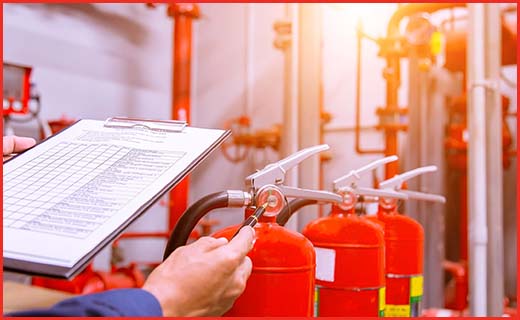
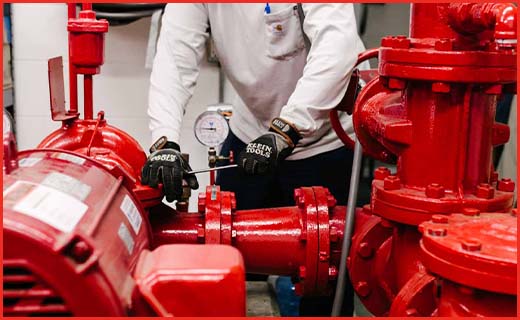
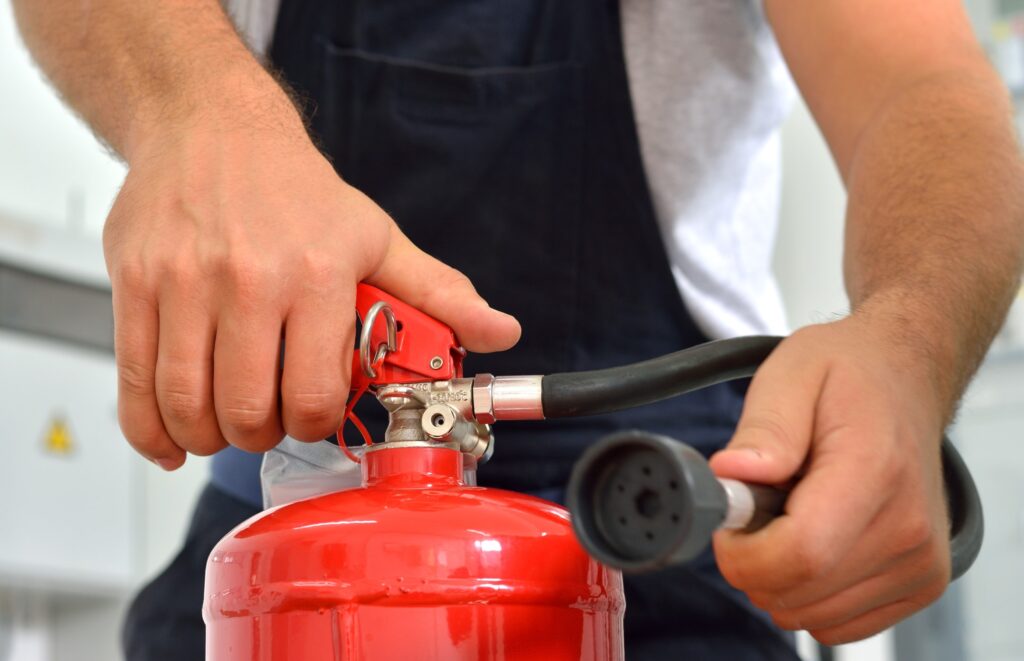
AMC (Annual Maintenance Contract) services for fire design systems typically include a range of activities aimed at ensuring the continued functionality, reliability, and compliance of the fire safety system. Here’s a general description of what such services might entail:
1. Regular Inspections: Scheduled visits by trained technicians to inspect the entire fire safety system, including fire alarms, sprinklers, extinguishers, and emergency lighting, to check for any signs of damage, wear, or malfunction.
2. Testing and Calibration: Conducting regular testing and calibration of fire detection and suppression equipment to ensure they are operating within specified parameters and are ready for use in an emergency.
3. Maintenance and Repairs: Performing necessary maintenance and repairs to address any issues identified during inspections or testing, such as replacing faulty components, cleaning sensors, or refilling extinguishers.
4. Upgrades and Enhancements: Recommending and implementing upgrades or enhancements to the fire safety system to improve its efficiency, reliability, or compliance with updated regulations or standards.
5. Documentation and Reporting: Maintaining detailed records of all inspections, tests, maintenance activities, and repairs conducted on the fire safety system. Providing regular reports to the client summarizing the status of the system and any recommended actions.
6. Emergency Response: Providing 24/7 emergency response services to address any critical issues or malfunctions in the fire safety system that require immediate attention.
7. Compliance and Audits: Assisting the client in ensuring compliance with relevant fire safety regulations, standards, and guidelines. Providing support during regulatory audits and inspections.
8. Training and Education: Conducting regular training sessions for facility staff on the proper use of fire safety equipment, evacuation procedures, and general fire safety practices.
9. Consultation and Advice: Providing expert advice and consultation on fire safety matters, including recommendations for improvements or changes to the fire safety system based on evolving needs or regulations.
Overall, AMC services for fire design systems are aimed at maintaining the effectiveness and compliance of the system, ensuring that it remains in optimal condition to protect life and property in the event of a fire emergency.
